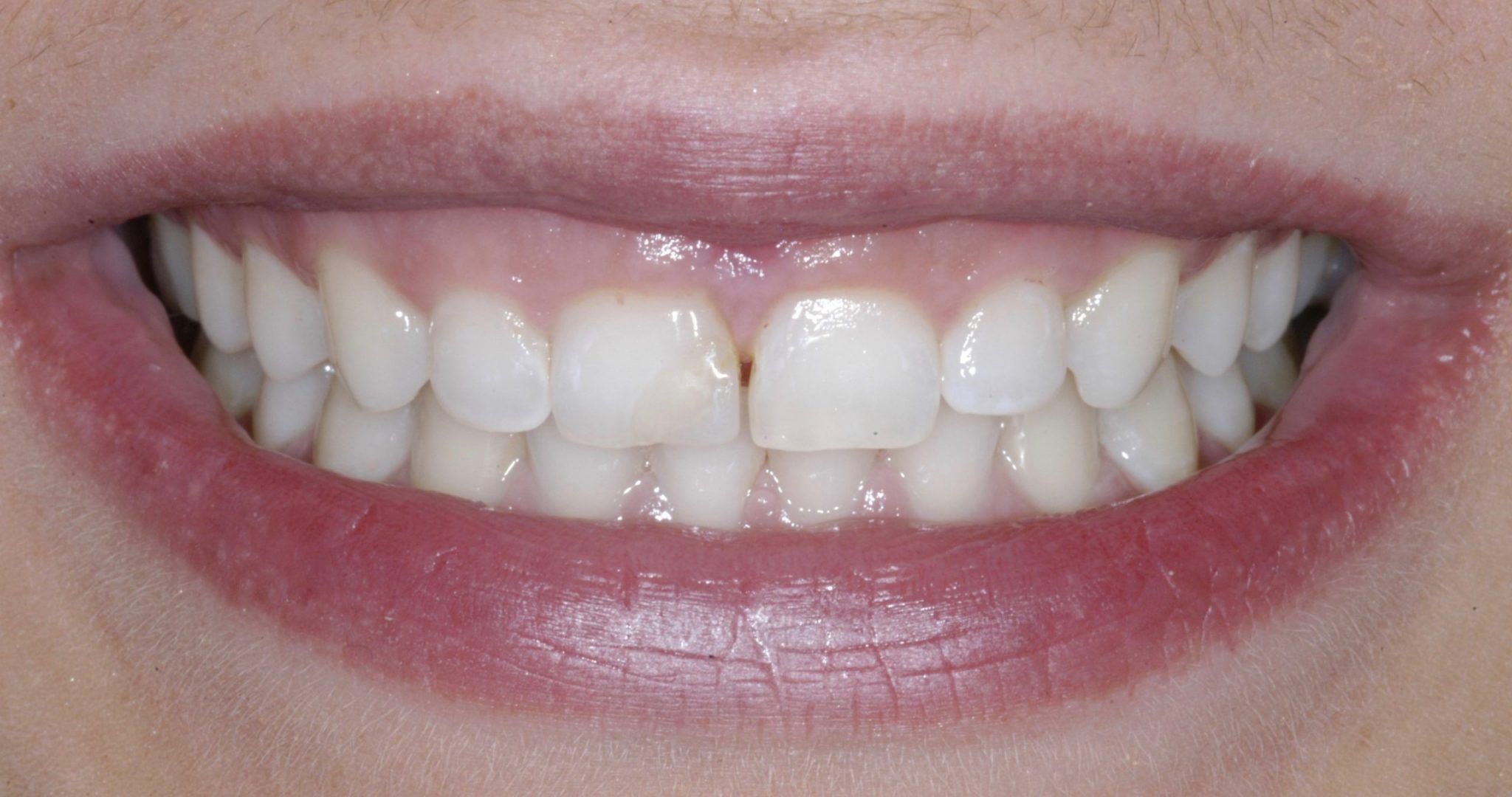This comprehensive guide explores teeth lengthening, covering procedures, costs, recovery, and essential considerations to help you achieve the smile you’ve always dreamed of.
Understanding Teeth Lengthening
Thinking about enhancing your smile? Teeth lengthening, also known as crown lengthening, might be the solution. This minimally invasive procedure reshapes gum tissue, and sometimes bone, to expose more of your natural teeth. It’s often used to address a “gummy smile” or prepare teeth for restorative work like crowns or bridges.
What is Crown Lengthening?
Crown lengthening is a surgical procedure that removes excess gum tissue and, in some cases, bone, to expose more of a tooth’s structure. It primarily serves functional purposes, such as preparing a tooth for a crown or addressing decay beneath the gumline. However, it also offers cosmetic benefits, like correcting a “gummy smile.” The procedure is typically performed by a periodontist or dentist under local anesthesia and usually takes less than an hour.
Why Consider Teeth Lengthening?
People choose teeth lengthening for two main reasons:
-
Restorative: A cavity below the gum line requires more exposed tooth structure for effective treatment. Teeth lengthening provides the necessary access for fillings, crowns, or bridges. It can also be essential for saving a damaged tooth that might otherwise require extraction.
-
Cosmetic: A “gummy smile,” where excess gum tissue is visible, can be significantly improved through teeth lengthening. This creates a more balanced and aesthetically pleasing smile.
What to Expect During and After the Procedure
Typically, a periodontist performs teeth lengthening under local anesthetic. You might feel pressure or vibration, but you shouldn’t experience pain. The procedure generally takes less than an hour in an outpatient setting.
Recovery Insights
Post-procedure, some sensitivity is likely for a few days or even weeks. Most people return to normal activities within about three months. Your periodontist may prescribe pain medication or recommend over-the-counter options to manage discomfort. Carefully following post-operative instructions is essential for a smooth recovery.
Seeking wisdom? Find relief from your wisdom tooth cavity and stop the wisdom tooth growing pain that’s been haunting you. Click to discover expert tips for lasting comfort today!
Potential Risks and Complications
While generally safe, like any procedure, teeth lengthening carries potential risks. These may include infection, bleeding, or heightened sensitivity. Your periodontist will thoroughly explain these risks beforehand. Adhering to post-procedure instructions significantly minimizes these risks. Some less common, but more serious, complications might include gum recession, tooth loosening (especially if significant bone removal is involved), or difficulty with future dental implants. Regular checkups with your dentist are essential to monitor healing and address any potential issues.
Exploring the Cost of Teeth Lengthening
The Price of a Perfect Smile: Understanding Crown Lengthening Costs
The cost of teeth lengthening varies depending on several factors, including the number of teeth involved, the complexity of the procedure, your location, and your dentist’s fees. Insurance coverage also plays a significant role, often covering medically necessary procedures but rarely covering cosmetic enhancements. It’s best to schedule a consultation to receive a personalized estimate.
Crown lengthening cost varies significantly, ranging from $50-$350 for a single tooth to $1,000-$5,000 for multiple teeth, excluding initial consultations and diagnostics.
Factors Influencing Cost
| Factor | Impact on Cost |
|---|---|
| Number of Teeth | Increases |
| Complexity of Procedure | Increases |
| Geographic Location | Varies |
| Specialist vs. General Dentist | Specialist Typically Higher |
| Additional Procedures (Consultations, X-rays) | Increases |
Cost Breakdown
- Single Tooth: $50-$350 (excluding pre- and post-procedure costs).
- Multiple Teeth/Full Arch: $1,000-$5,000 (excluding pre- and post-procedure costs).
- Consultations: Costs vary.
- X-rays: Costs vary.
Beyond the base procedure fee, factor in costs for consultations, x-rays, and potential complications for a true cost estimate. While generally quick and minimally invasive, crown lengthening may require a periodontist, impacting the overall expense. Insurance coverage for crown lengthening is typically limited to medically necessary procedures, not cosmetic enhancements.
Insurance Coverage
While insurance may cover medically necessary crown lengthening (e.g., saving a damaged tooth), it rarely covers cosmetically motivated procedures. Always check with your insurance provider to understand your plan’s coverage.
Long-Term Cost-Effectiveness
While the upfront cost might seem significant, crown lengthening can be cost-effective in the long run. Saving a damaged tooth through this procedure can prevent more extensive and costly treatments later, such as implants or bridges.
Alternative Financing Options
Explore dental financing plans or payment options to make the procedure more accessible.
Alternatives to Teeth Lengthening
How to Lengthen Your Teeth: A Complete Guide to Cosmetic Dentistry Options
Several procedures can create the appearance of longer teeth. The best option depends on your individual needs and desired outcome.
Different Approaches
-
Gum Contouring: A less invasive procedure than crown lengthening, gum contouring simply reshapes the gum tissue for a more even gum line. It’s suitable for minor cosmetic improvements.
-
Veneers: These thin porcelain shells cover the front surface of your teeth, improving their appearance and sometimes masking a gummy smile without altering the gum line. Veneers offer a more dramatic and long-lasting transformation than bonding, but they are also more expensive.
-
Bonding: This procedure applies composite resin to reshape and lengthen teeth. It’s a non-invasive option suitable for minor adjustments and repairs. While less durable than veneers, bonding is often quicker and more affordable.
| Procedure | Description | Pros | Cons |
|---|---|---|---|
| Crown Lengthening | Surgical removal of excess gum tissue | Exposes more tooth structure, corrects “gummy smiles,” prepares teeth for restorations | More invasive, requires healing time |
| Bonding | Application of composite resin to reshape and lengthen teeth | Less invasive, quick procedure, natural-looking results, more affordable | Less durable than veneers, may stain over time |
| Veneers | Porcelain shells bonded to the front of teeth | Dramatic transformation, durable, stain-resistant | More expensive, requires removal of enamel |
Choosing a Qualified Periodontist
Finding the Right Expert: Choosing a Periodontist for Crown Lengthening
Selecting the right periodontist is crucial for a successful outcome. Look for experience, positive reviews, and clear communication.
Key Considerations
-
Experience and Qualifications: A skilled and experienced periodontist minimizes the risk of complications and ensures optimal results. This is especially important for more complex procedures.
-
Communication and Comfort: Choose a periodontist who thoroughly explains the procedure, answers your questions, and makes you feel comfortable. Open communication builds trust and confidence.
Is Tooth Lengthening Painful?
Tooth Lengthening Pain: Managing Discomfort & Ensuring a Smooth Recovery
A common concern about teeth lengthening is pain. While the procedure itself is painless due to local anesthesia, some post-procedure discomfort is normal. However, this discomfort is generally manageable.
Pain Management
You’ll likely experience mild to moderate discomfort after the anesthetic wears off, such as aching, throbbing, or tenderness around the gums. This is a natural part of the healing process. Several strategies can help manage this discomfort:
- Over-the-counter pain relievers: Ibuprofen or acetaminophen can effectively reduce pain and swelling.
- Prescription pain medication: Your dentist may prescribe stronger medication for more severe discomfort.
- Cold compresses: Applying cold compresses to the area can help soothe the gums and reduce swelling. Cold compresses should not be applied directly to the skin. They should be wrapped in a cloth.
- Soft food diet: Stick to soft foods like yogurt, soup, and mashed potatoes to avoid irritating the gums.
- Good oral hygiene: Follow your dentist’s instructions for cleaning your teeth and gums. Brush softly in the treated area. Avoid irritating foods, like spicy, acidic, or crunchy items.
Healing Process
The initial healing phase, where most discomfort subsides, usually takes a few weeks. Complete gum tissue regeneration may take several months. Regular checkups with your dentist during this period are crucial for monitoring healing progress and addressing any potential complications. Regular checkups help ensure a smooth and successful recovery.
Potential Complications
While rare, potential complications include infection, persistent sensitivity, and gum recession. Contact your dentist immediately if you experience excessive bleeding, increasing pain, swelling, or fever.
| Stage | Pain Level | What to Expect | How to Manage |
|---|---|---|---|
| During | Minimal | Pressure, vibrations | Local anesthesia |
| Post-Procedure | Mild to Moderate | Aching, throbbing, tenderness | Over-the-counter pain relievers, cold compresses, soft foods |
| Weeks 1-2 | Decreasing | Gradual reduction in discomfort | Continue pain management as needed |
| Months 2-3+ | Minimal to None | Gum tissue regeneration, increased comfort | Regular dental checkups, good oral hygiene |
Ongoing Research
Ongoing research explores new materials, techniques, and pain management strategies to improve outcomes and minimize discomfort. This active field suggests that current information may evolve. It’s wise to discuss the latest advancements with your dentist.
Key Points of Teeth Lengthening
- Procedure: Reshapes gum tissue and/or bone to expose more natural teeth.
- Reasons: Restorative (access for dental work) and cosmetic (correcting “gummy smile”).
- Process: Performed by a periodontist or dentist under local anesthesia, typically less than an hour.
- Recovery: Sensitivity for a few days/weeks, full recovery in about three months. Follow post-op instructions.
- Risks: Infection, bleeding, increased sensitivity (rarely: gum recession, tooth loosening).
- Cost: $50-$350/tooth; $1,000-$5,000 for multiple teeth (excluding consultations, X-rays).
- Alternatives: Gum contouring, veneers, bonding, even crowns.
- Choosing a Periodontist: Prioritize experience, positive reviews, and clear communication.
By understanding the procedure, costs, and recovery process, you can make an informed decision about teeth lengthening and confidently pursue the smile you desire. Consult with a qualified dental professional to determine the best approach for your individual needs. Remember, your smile is an investment—choose wisely.
- The Best Bento Box Price For Your Perfect Packed Lunch - December 15, 2025
- Bento Box Shopping Tips for Smart and Stylish Lunch Prep - December 14, 2025
- Bento Box Trays Streamline Restaurant Meal Presentation and Transport - December 13, 2025










